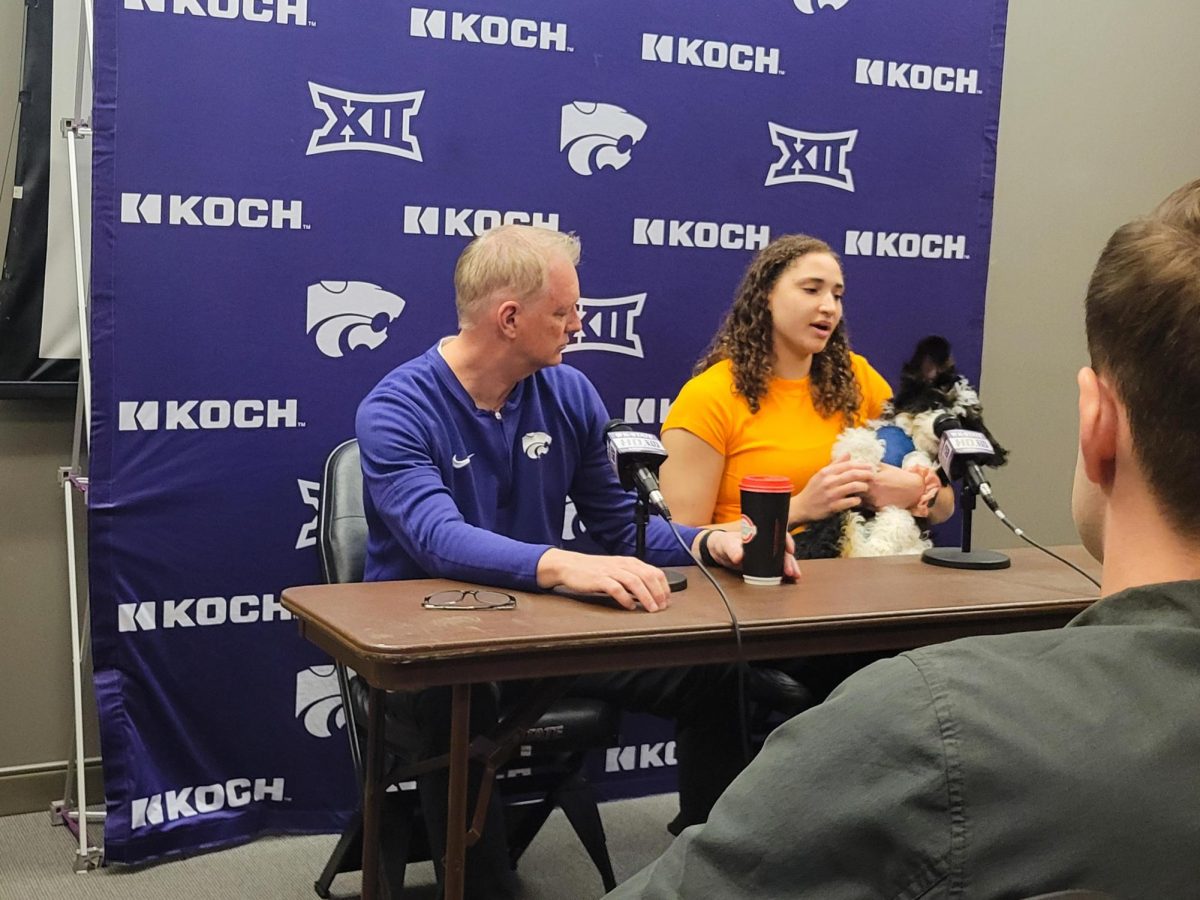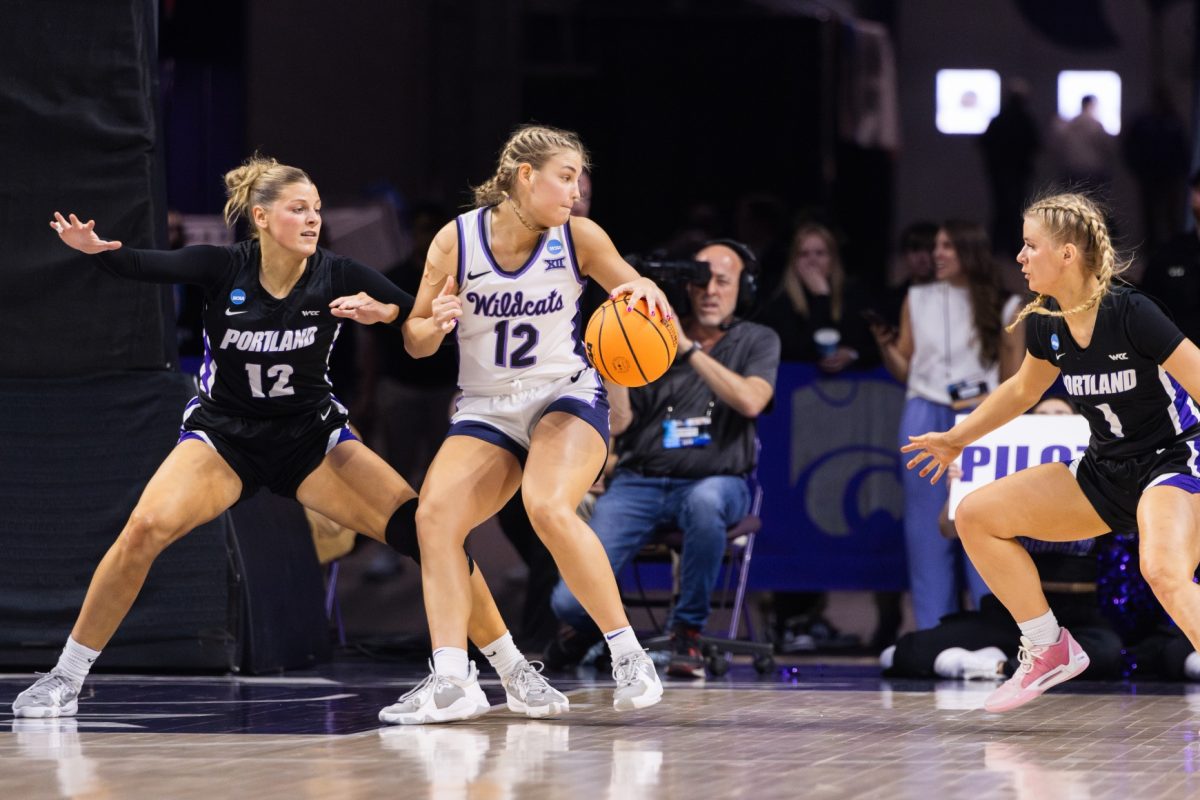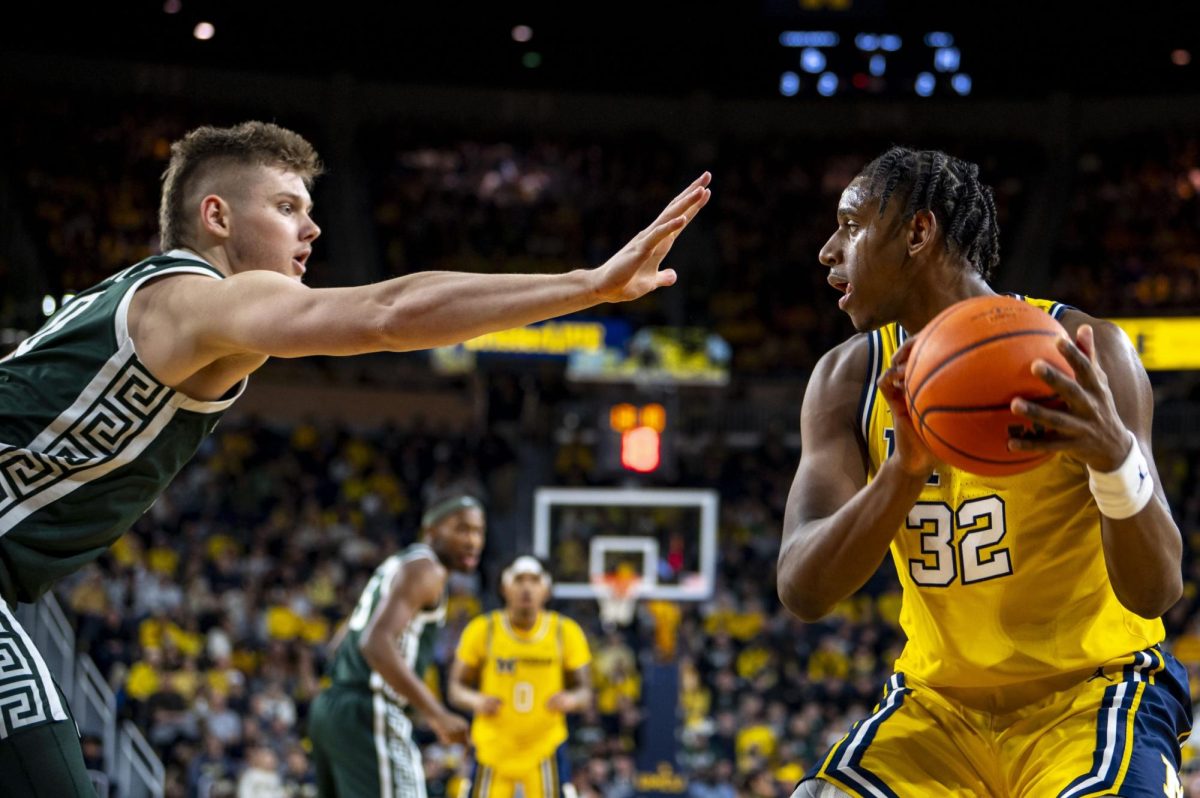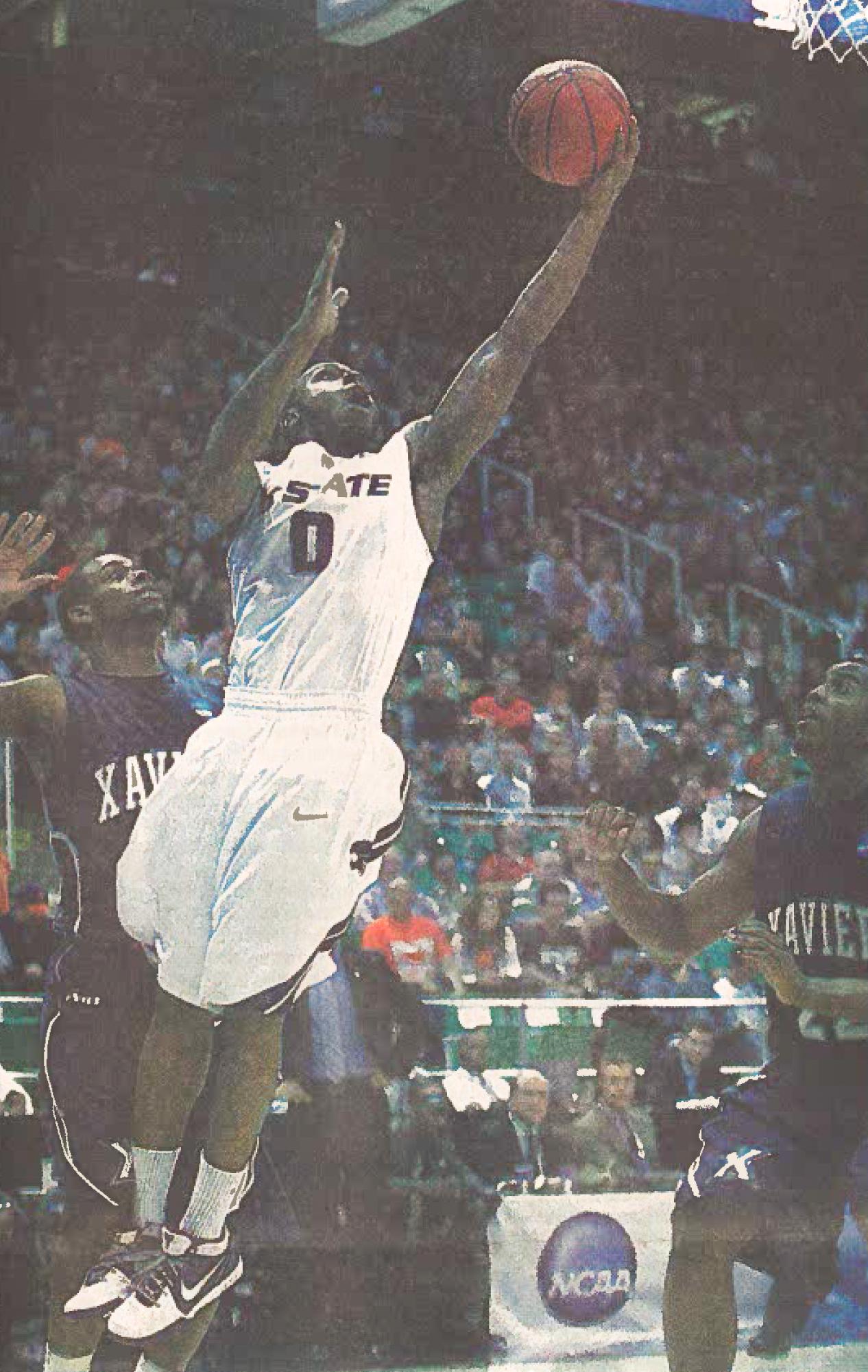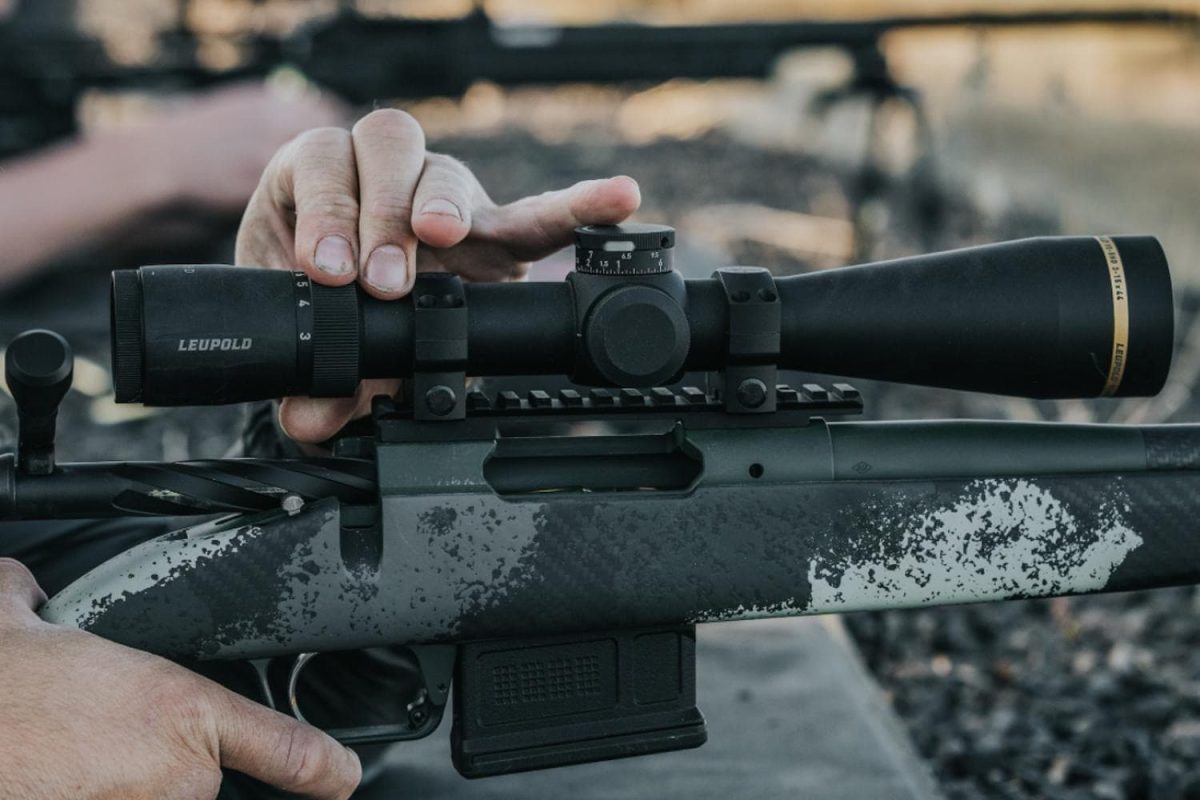Making a big purchase is a very responsible matter. Not only because you need to make an informed decision and choose from many items, but also because you need to take care of the purchase after the acquisition. Not that you should neglect cheaper items because they are less valuable, but the more we pay for something, the more we expect to get from it. Investing in a single product that will serve you till the end of your days sounds appealing. It is also nothing but a dream.
Scopes are a niche item enjoyed by a relatively small circle of people. So let’s forget about them for a moment, and take the most obvious example. Phones. For most people, it is a once-in-a-few-year purchase that they use all day long. But when one unfortunate fall covers the screen with a spreading web of scratches, the whole user experience suffers greatly. If seeing people walking with their phone screens broken doesn’t encourage you to get a protective glass and a phone case, well, let’s hope that the gravity will always be on your side.
Now, back to our scopes. Unless you live and forage in a forest, you hardly use your rifle every single day. The lower usage frequency reduces the chances of breakage, but never fully nullifies them. All regular hunting grounds, like forests, swamps, and mountains, are difficult terrain with bumps and holes at every step. Optical devices are exceptionally fragile. It’s not like you are walking with a crystal glass vase, scopes are reinforced with durable bodies and coatings, but the glass remains glass. A rifle scope might cost you a small fortune, and like a dragon who protects its treasure, you can ensure that nothing threatens the well-being of your optical device.
One way is to store it away and never use it. Not optimal. Another one involves getting scope covers. Scopes have two parts that need protection: lenses and bodies, which can be covered by scope caps and covers respectively. Depending on how cautious you want to be, you can get either or even both. Your scope will thank you anyway, if not with words, then with years of good service.
A scope cover is a case that you pull over your scope so that the whole device is wrapped. Usually, they are pretty easy to put on and take off to maximize the uptime. Once you hear or see something, it won’t take you more than a few seconds to remove the cover. If there is nothing on your radar, you can put it on once again. Protection is the evident benefit that hunting scope covers provide. They are not too helpful against direct collisions with something solid, and they won’t mitigate the fall damage should you land on it. Scope covers can prevent scratches and guard your optics from dust, dirt, and water. Scratches have a strange tendency to appear even if a scope is treated as gently as ever. If a scratched body is mostly an aesthetic defect, lenses can tolerate much less impact without it affecting their performance. Elements are another threat to your scope’s health. Even though scopes are sealed, they might still be affected by water and dust. Moreover, tiny bits and pieces of material may build up around the edge of the lens, making the cleaning process longer and more complicated.
Scope caps are different as they only protect the lens, leaving the body exposed. Not that it’s overly vulnerable, but the fact remains. Flip-up caps are made from more durable materials and thus can protect your lens from more damage. So if you don’t want to take any risks, scope caps should suffice. They are, however, less universal than scope cover. You need to know the exact measurements of your scope to choose a fitting cap, whereas covers come in several sizes suitable for all scopes’ sizes. You’ll probably know the dimensions, but one millimeter can ruin all fun, so better safe than sorry.
Now then, it never hurts anyone to have both a cover and a scope cap. But if you were to choose only one, how would you do that? Let’s consider several things that can inform your decision.
Level of Protection
As we’ve already mentioned, caps and covers are made from different materials. The best scope covers are usually nylon, neoprene, or polyester. Those are durable fabrics, but they are pretty soft as well. Best scope caps are made from either rubber, plastic, or even steel. You can not expect a nylon cover to have the same level of protection as a steel cap. You can never be too cautious, they say, but using both types at once does sound like too much. It might be a good idea to use a flip-up cap out in the field and a scope cover at home when storing.
Coverage Area
Flip-up caps can only protect your scope’s front part, whereas covers, surprise, cover it entirely. Every part of your scope deserves protection, but some need it most. At the end of the day, body damage influences the performance on par with lens damage. If there is a crack in the body, which is nitrogen-filled, it will take a minute or two for your scope to fog up and obscure your scope’s vision.
Convenience
The thing about scope lens covers is that you do not need to take them off when using your optics. There are even see-through caps that don’t even need to be opened for you to see through your scope. Nevertheless, even regular flip-up caps require only one touch of your finger to open them. Scope cover will need both of your hands and a few seconds of your time. Those could be precious seconds that cost you a shot, or they could influence nothing at all. You can never know.
Scope covers are a cheap and reliable way to prolong your scope’s active work. They can prevent all the damage that is invisible at first sight but becomes apparent once it builds up after years of service. Everybody needs a home, a place where they feel safe. You can grant such a place to your scope.












